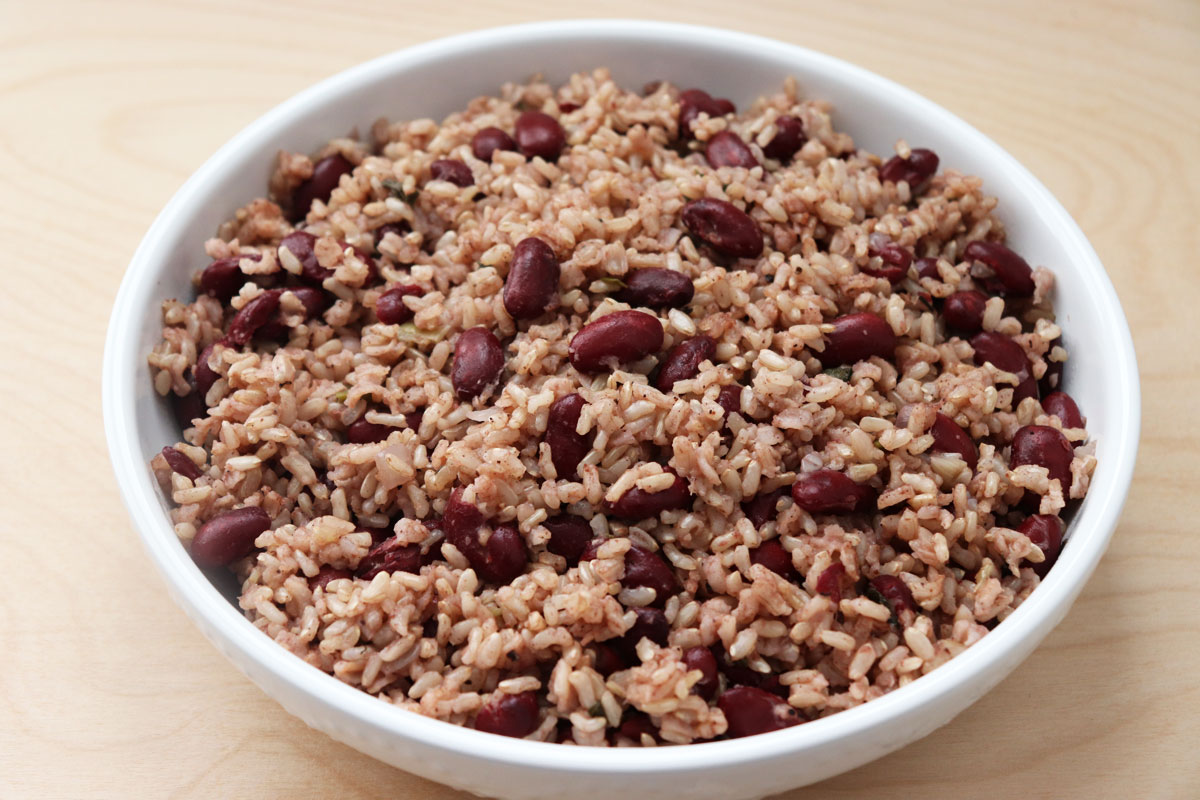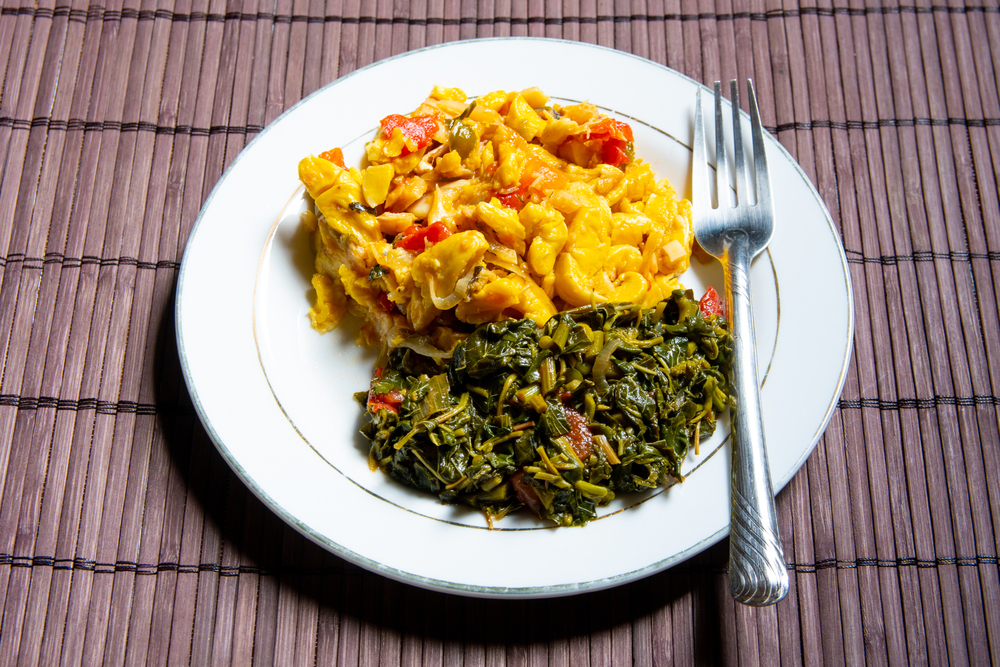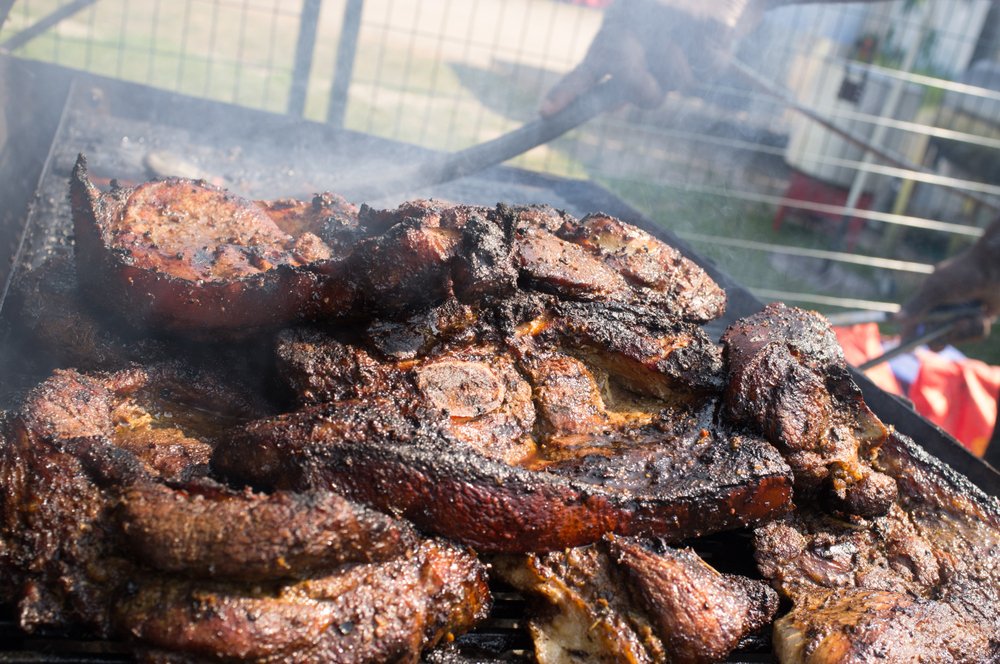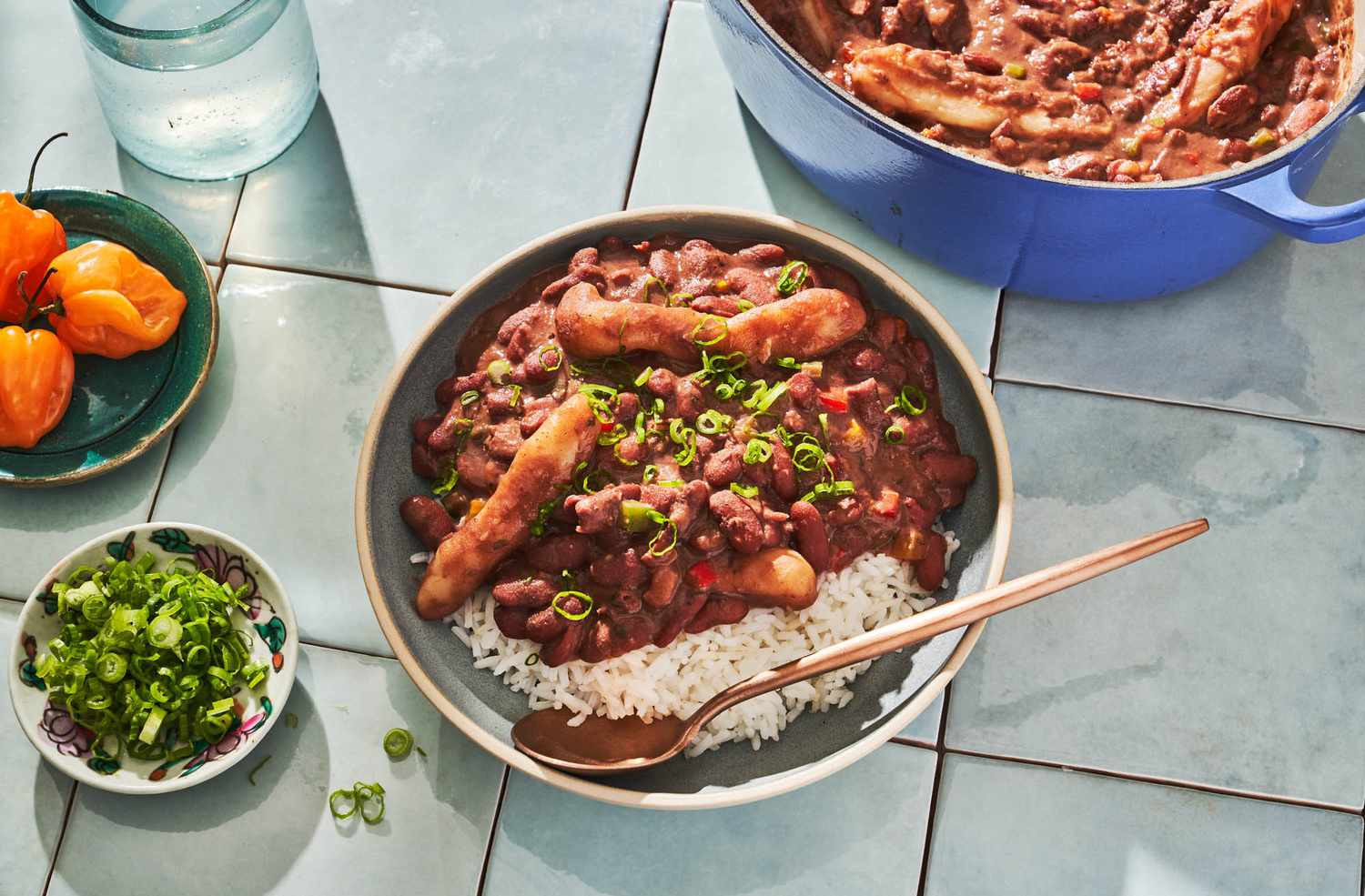
Jamaican Cuisine is recognized globally as one of the fastest-growing Culinary staples, on the world stage. Just as how Italian, French, and Creole Cuisine, have carved out their own place as favourites of the Culinary Cosmopolitan diner, Jamaican cuisine is inching its way up their unto the world rankings, particularly Jerk Dishes.
It is safe to say that as far as the Culinary world is concerned, Jamaica has gifted the World, with two notable dishes: Jerk and Ackee and Salted Cod. Now it’s interesting that these two dishes are the ones most associated with Jamaica, as they are intrinsically linked to our Journey as a nation and our search for our own cultural, culinary, artistic, musical, and political identity.

Like most of the guard rails we use today to guide our paths to the creation of a greater self, our culinary origins, go back to the days of slavery and the colonial era.
The origins of Jerk, according to our oral historians, lie in the ingenuity of the slaves, who in their quest, for culinary plurality, having grown tired of waiting on what was left from the Master’s tables, found the capturing of a wild boar; or the stealing of a pig, from their Masters; coop could supplement their own Culinary taste, if they could only find a way to cook it, without arousing the Slave owners suspicions by way of masking the tell-tale signs of cooking such as smoke and or aromas that could lead to their illegal activity.

To understand the need for dietary supplements, one must first understand, that the slave’s diet consisted largely of what their Masters Did not consider fit for their own consumption, as these were the discarded entrails of pigs, goats, cows, and other such offensive items such as the animal’s feet, heads, skins, and the general bonier parts of the animals and or birds.
And so, whilst the Masters dined on Steaks, Pheasants, Chicken Breasts and Legs, Mutton, etc. the slaves were fed the heads, feet, skin an other parts of the animals, that would have normally gone to the dogs, or into the garbage. But gifted to the Slave kitchens, the slaves were then expected to augment these discards with ‘Food’ from their own farming plots, and naturally, Breadfruit, which was brought into the Country earlier, as a cheap and staple supply of food for the slaves.
Early, oral historians say, that it was the Run-Way Slaves, who later became known as the Maroons, who first developed the art of Jerking, which essentially was cooking underground using a slow and laborious method, that included digging a hole in the ground, wrapping the meat of a boar or piglet in pimento leaves, and then making a fire in that hole, setting the boar meet in that hole on top of the fire, covering the hole, leaving just enough ventilation to allow the fire to stay lit and slowly marinade the pork whilst cooking it to succulent perfection.
The Maroons having perfected the art, then shared it with the slaves still on the plantations, so they could augment their diet instead of living off the discards from their master’s tables. It was the need to make the discards from the Masters’ tables, a more interesting eat, and the need to prevent early rot and wastage, that eventually led to a whole new culinary industry in that of preservation, using Salt and Pimento, to “Cure”/ Preserve offals and other discards, that led to a number of the dishes that enjoy the status of National Delicacies Today.

; all came out of the need to both preserve food for later consumption and the desire to have a more diverse diet. Salted animals Parts such as; Salted Pig’s Tails; Salted Beef, and Cow’s Tongue; etc, This not only led to a new industry, it led to early butchers recognizing the new market for what was unmentionables, becoming the “Fifth-Quarter”, and selling as such. The eating of Brain Matter and the bullocks and or penises of male animals was the realm of the Masters, who thought the eating of such items, (The private parts of animals) increased their sexual drive, stamina, and virility.
It was said that these items were fed to the breeding bucks, as well, to increase their own performance and ability to father more baby slaves, for sale to increase profits for the Plantation’s owners.
But in the beginning, Dishes such as Tripe and Beans; Mannish Water; Cow-Skin Stew; Pig’s Trotters, Hocks, Cow’s Feet, and innards such as animals’ livers, hearts, and kidneys, were a direct result of the Slave Plantation experience. As were dishes such as Stewed Chicken-Feet; Hocks, and Animal tails.
Now, as Slavery evolved into colonialization where the evil of slavery was toned down to a more benign and ‘acceptable’, subjugation of the former slaves. The fact that freed slaves needed employment, and they were the ones with the skills of managing and making plantations productive, some Plantation owners by necessity employed former slaves along with indentured labourers, and so, the plantation diet for the ‘Workers’ changed, somewhat.
The change was not of significance, in that the food available to the ‘Workers’ was still the refuse from the Plantation Owners Kitchen, and so it still remained the foundation, but as numbers grew, so did the need to make the same amount of rations, stretch, to feed the growing number of Workers, on the Plantations. And this was when mixed dishes were introduced to the menu. With items such as Greens (Calaloo, Cabbage, etc); Vegetables such as Green peas, Beans; Corn, etc.) Fruits, such as (Mangoes, Plums, Cherries, etc,) ; were mixed with meats, fish, and or poultry, to ‘stretch’ the dishes, in order to feed more.
This led to the emergence of Stews as a staple and the realization of dishes, such as Pork and Beans; Oxtail and Beans; Rice ‘n’ Peas; ‘Bully-beef’ and mixed vegetables; Stewed yams, Stewed potatoes, etc., as supplementary dishes to augment the Menu. But Ackee, which is paired with Codfish to create the National Dish, originally came from Ghana; Rice ‘n’ Peas, also has its Origin in Ghana, as do many other dishes.
Today, many of those dishes that originated on the Slave Plantations, have evolved, and have undergone their own periods of gentrification, and through the courage of the few, have claimed pride-of-place in the Jamaican Culinary reality. Thus, what was the Culinary shame of the Plantations, has now become the culinary toast of society, and the world, consumed and celebrated as the “In” culinary fashion, with nary a thought to its origins. And the Sufferation that led to its manifestation



